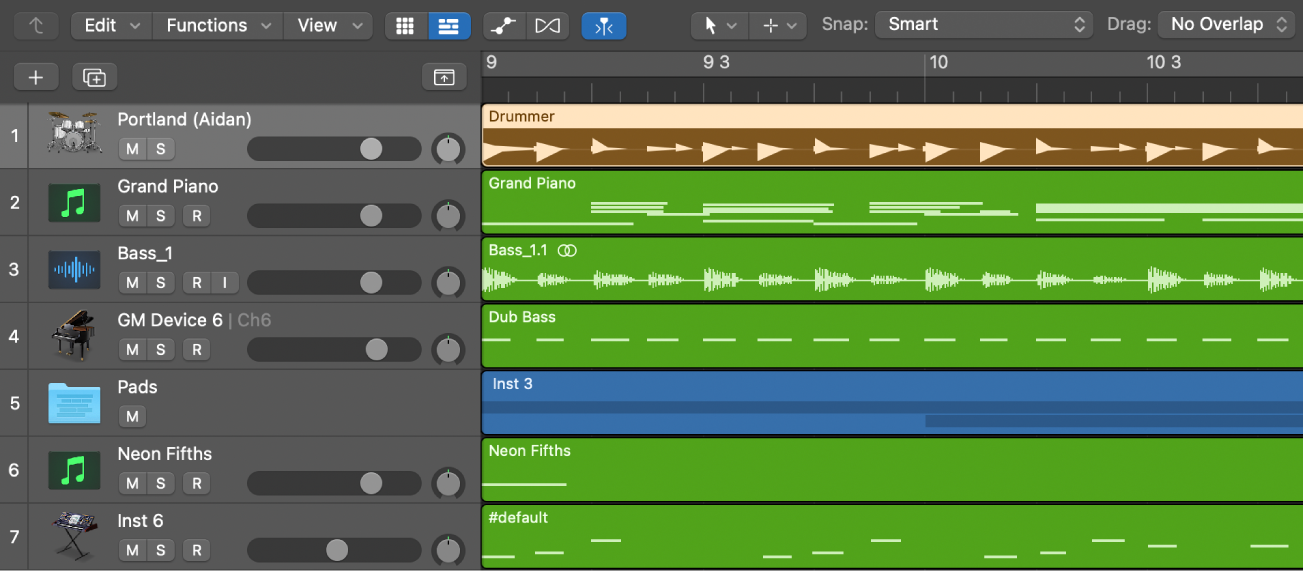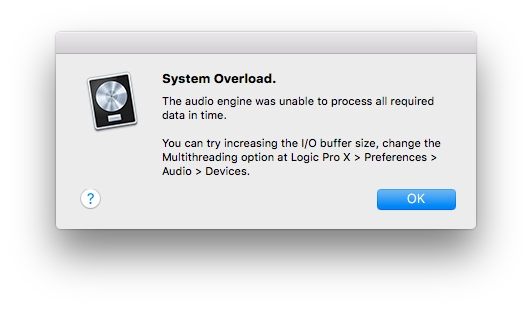

This parameter simulates the effect of increasing the size of a room by spreading the early reflections out over time. Begin by adjusting the Size parameter from 0 to 100. Now that you have heard how the Room Type defines the theme for the early reflections, set the Room Type to ‘Room’ to explore some editable parameters. Screen 2: ChromaVerb comes with 14 Room Types, each with a different sonic characteristic. The room types are radically different to one another and worth exploring, but note that some editing parameters do nothing with certain types and make huge differences with others (again, see Screen 2). Return to the Main tab the main parameter that sets the character of ChromaVerb is the Room Type setting at the top middle of the GUI - by default this is set to the Room algorithm (see Screen 2).Ĭlicking on the Room Type field in the top middle of the plug-in GUI opens up a striking drop-down menu of 14 different room types. For now let’s set the Mod Depth to 0 so that the modulation section is off. To only hear early reflections, set this slider to its minimum value (see Screen 1). Next, click the Details tab, the Early/Late slider allows you to balance the reverb between the early reflections and the late reflections. To configure ChromaVerb so that you are only hearing the early reflections, navigate to the Main tab and set the Dry slider to 0 and the Wet slider to 100. You can learn a lot about how a digital reverb works by listening to the early reflections in isolation. These give the listener psychoacoustic cues as to the size and type of space you are creating. The first thing most algorithmic reverbs do is generate early reflections. From the channel strip go to the first insert slot and bring up an instance of ChromaVerb. Create an audio track and add a synth loop, a drum beat and a vocal recording to it so that you can easily jump between parts. Screen 1: When trying ChomaVerb for the first time it can help to listen to just the early reflections so that you can easily hear your parameter adjustments.First, let’s look at how ChromaVerb handles a range of different material. In this month’s Logic workshop we cover ChromaVerb’s interface and look at creating some of our own presets. While both are capable effects, they’re getting rather long in the tooth, so it’s great to see the addition of ChromaVerb in the 10.4 update. Then there’s Logic’s algorithmic reverbs such an PlatinumVerb and SilverVerb. Space Designer is a brilliant convolution reverb however, because of the huge library of impulse responses that come included, it can be a bit overwhelming, particularly if you just want to reach for a simple room reverb and tweak a few parameters. Logic has a long history of including excellent reverb plug-ins.

Unlock the secrets of Logic Pro’s new ChromaVerb algorithmic reverb.


 0 kommentar(er)
0 kommentar(er)
